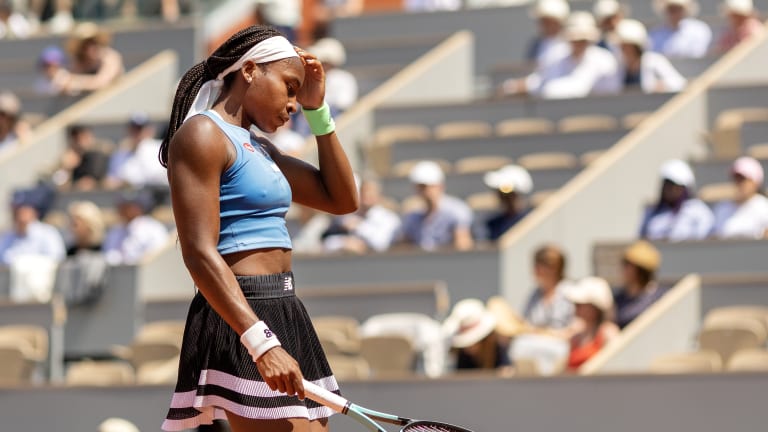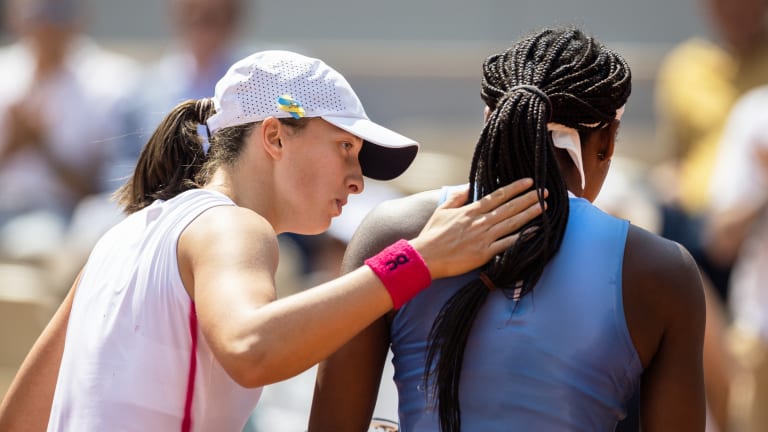Roland Garros
Pressured by Coco Gauff's new game plan, Iga Swiatek rises to the challenge
By Jun 07, 2023Roland Garros
Was the Carlos Alcaraz-Jannik Sinner Roland Garros match the best ever played?
By Jun 13, 2025Roland Garros
Who were the winners and losers at 2025 Roland Garros?
By Jun 09, 2025Roland Garros
Carlos Alcaraz and Jannik Sinner played the match of the decade, and maybe the century, at Roland Garros
By Jun 09, 2025Roland Garros
PHOTOS: Carlos Alcaraz captivates Chatrier with trademark joy after improbable Roland Garros title defense
By Jun 09, 2025Roland Garros
Carlos Alcaraz saves three match points, tops Jannik Sinner in longest Roland Garros final of Open Era
By Jun 08, 2025Roland Garros
Aryna Sabalenka clarifies controversial Coco Gauff claim: "Can't pretend it was a great day"
By Jun 08, 2025Roland Garros
Coco Gauff counters Aryna Sabalenka's Roland Garros claim by saying she 'wanted' Iga Swiatek in final
By Jun 08, 2025Roland Garros
2025 Roland Garros men's final preview: Carlos Alcaraz vs. Jannik Sinner
By Jun 07, 2025Roland Garros
PHOTOS: Coco Gauff celebrates Roland Garros title with parents, toasts champagne at Tennis Channel set
By Jun 07, 2025Pressured by Coco Gauff's new game plan, Iga Swiatek rises to the challenge
For the second straight year in Paris, the No. 1 got the better of the American in straight sets.
Published Jun 07, 2023
Advertising
Advertising
Advertising

With the loss, Gauff dropped to 0-7 against Swiatek, and 0-14 in sets.
© Corbis via Getty Images
Advertising

Swiatek responded to pressure from Gauff with aplomb in the first set, and never let up from there.
© Corbis via Getty Images